Tips for Setting Up a Welcoming and Inclusive Classroom Environment
In this blog post today I’m sharing my best tips for setting up a welcoming and inclusive classroom environment. If you’re a first year teacher – or even a 10th year teacher! I’m hopeful that this blog post will give you some new ideas to use in your classroom this year to make it welcoming and inclusive for all of your students.
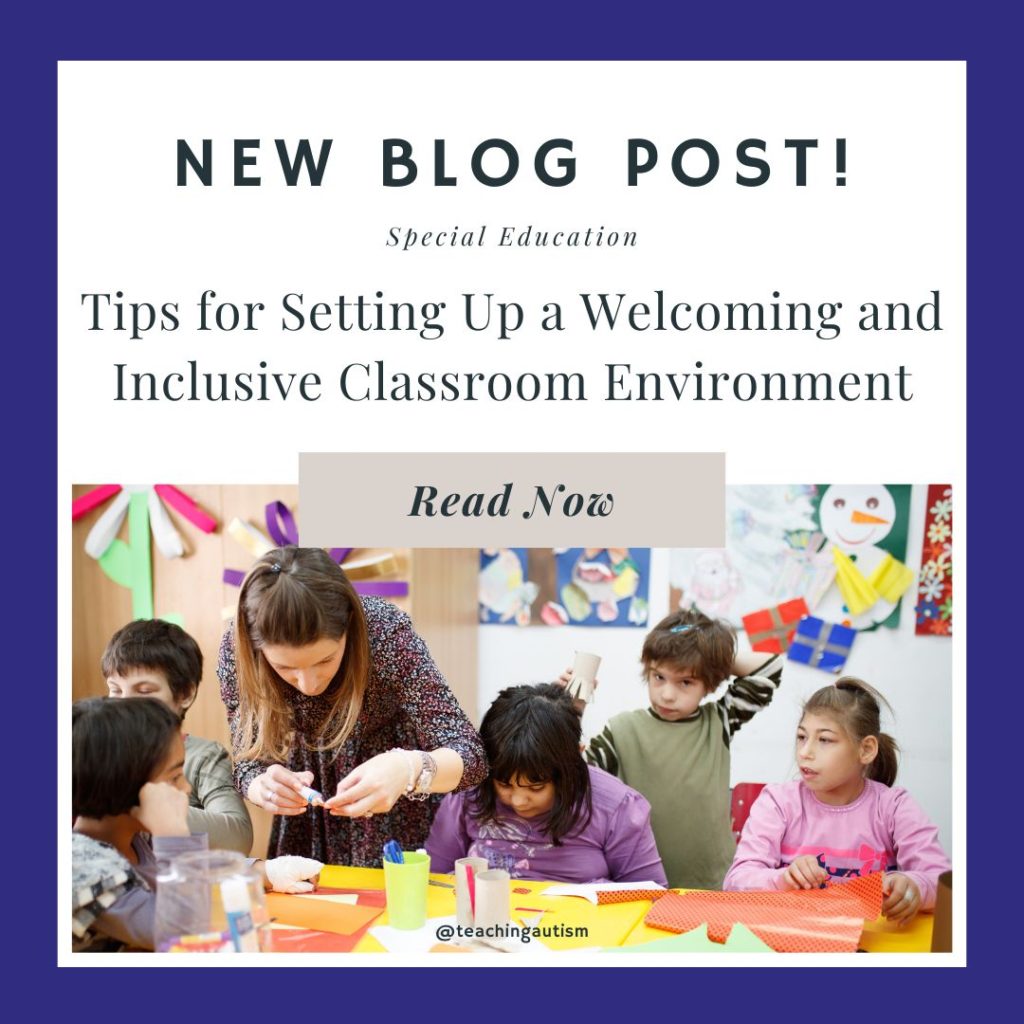
Tips for Setting Up a Welcoming and Inclusive Classroom Environment
As a special education teacher, creating a welcoming and inclusive classroom environment is going to be a huge part of the success of your students.
Not only does this help to foster a sense of belonging and safety for your students. But it is proven to also improve academic achievements and overall well-being.
Here are 10 tips for setting up a welcoming and inclusive classroom environment:
1. Start with a Positive Attitude
Your mindset and attitude can set the tone for the entire classroom. Approach each day with positivity and an open mind. Try not to take stresses from previous days into the next. Think of your classroom door as a portal into a new happy land.. Stress and negative thoughts stay outside the door.
2. Establish Clear Expectations and Routines
Clear expectations and routines will help your students to understand what is expected of them. It will also create a sense of structure and predictability.
3. Use Inclusive Language
Avoid using language that may be offensive or exclude certain groups of students. Use gender-neutral language and be mindful of cultural differences. If you are unsure – reach out to family members and ask them for their preferences as well. They’ll really appreciate you taking the time to find out this information and that it is a priority to you.
4. Celebrate Diversity
Incorporate diverse perspectives and cultures into your curriculum and classroom decorations. Celebrate holidays and events from various cultures. Include the different cultures that are present in your classroom. Ask students to share how they celebrate different events and what their personal experiences are. You can even invite family members in to extend the teaching opportunity to share.
5. Provide Multiple Means of Representation
Present information in various formats. This can be things such as visual aids, audio recordings, and hands-on activities. This will help to accommodate different learning styles.
6. Foster Collaboration and Teamwork
Encourage students to work together and value each other’s contributions. This helps build a sense of community and belonging. You can find ways to do this that will suit your student’s individual needs and ability levels.
7. Provide Accommodations and Modifications
Ensure that your students have the necessary accommodations and modifications. These should be in place for your students to access the curriculum and participate in classroom activities.
8. Encourage Self-Advocacy
Teach your students how to self-advocate and speak up for themselves. This helps them feel empowered and builds self-confidence. And this is going to be a really beneficial skill for them as they grow.
9. Be Flexible and Adaptable
Be willing to adapt your teaching strategies and approaches to meet the individual needs of your students. The ability to be flexible is also going to be a huge benefit for you. Don’t be too hard on yourself if you struggle with these skills to begin with. A lot will come with time and experience.
10. Practice Empathy and Understanding
Show empathy and understanding towards your students, their families, and your colleagues. This helps build positive relationships and fosters a sense of community. You’ll also be actively working as a good and positive role-model for those around you. And doing this will provide them with someone to copy from and repeat those actions.
To get your paraprofessionals on board with creating a welcoming and inclusive classroom environment, try these three strategies:
- Provide training and professional development.
Offer training sessions and professional development opportunities. This will help your paraprofessionals understand the importance of inclusivity. It will also give them some ideas of how they can support you in creating a welcoming classroom environment. - Collaborate and communicate.
Work closely with your paraprofessionals and communicate regularly with them. This will help to ensure that everyone is on the same page and working towards the same goals. - Model inclusive behavior.
Lead by example and model inclusive behavior in your interactions with students, families, and colleagues. Your paraprofessionals will follow your lead and be more likely to support your efforts towards inclusivity.
In my personal opinion, I feel that creating a welcoming and inclusive classroom environment is essential for the success of our students – and us as educators too. By doing this, you can create a safe, supportive, and inclusive environment that will help your students to feel a vital and important part of your classroom.
What tips do you have? Feel free to share them in the comments section below.
If you found this ‘Tips for setting up a welcoming and inclusive classroom environment’ blog post helpful, please consider sharing it with your friends and colleagues on social media.
Nikki
P.S. Have you signed up for a 3 day free trial of our VIP membership yet? If not, click here to do it now and go and get access to a huge range of resources, templates, crafts and more for free.


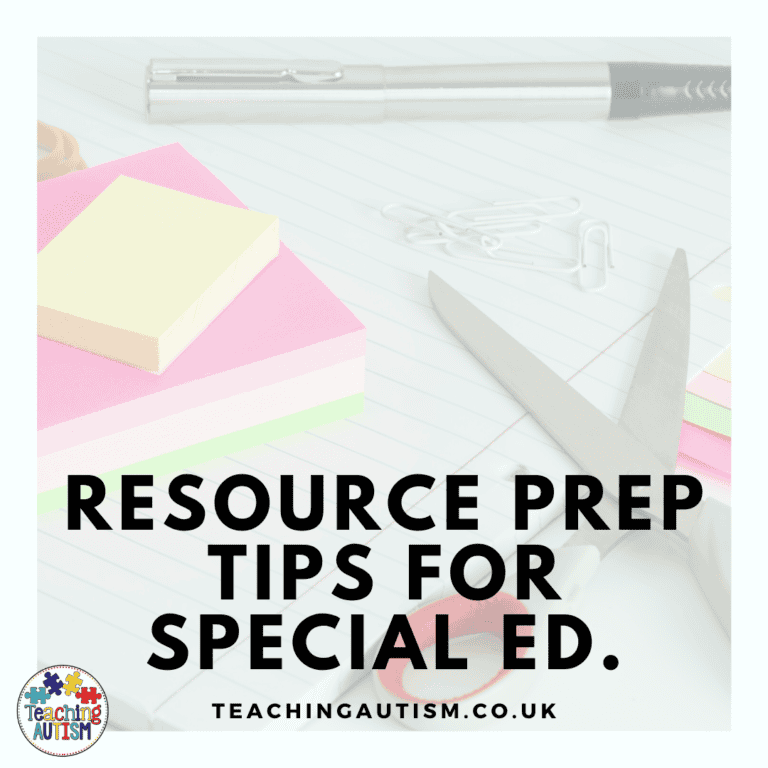
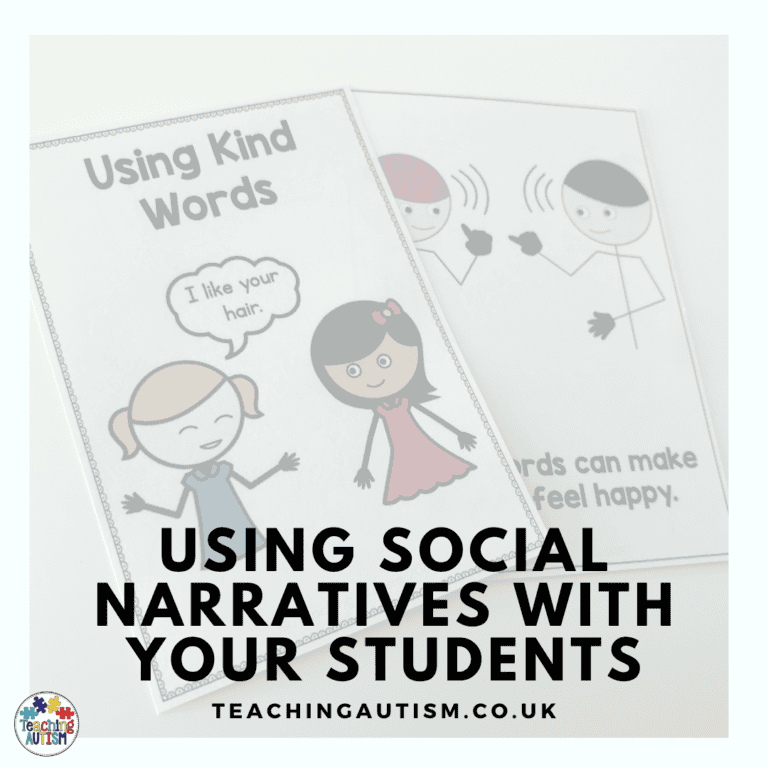
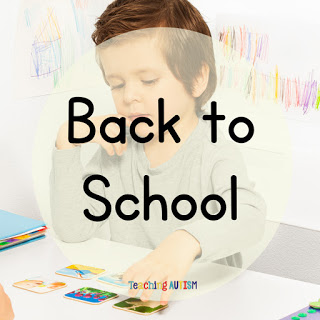

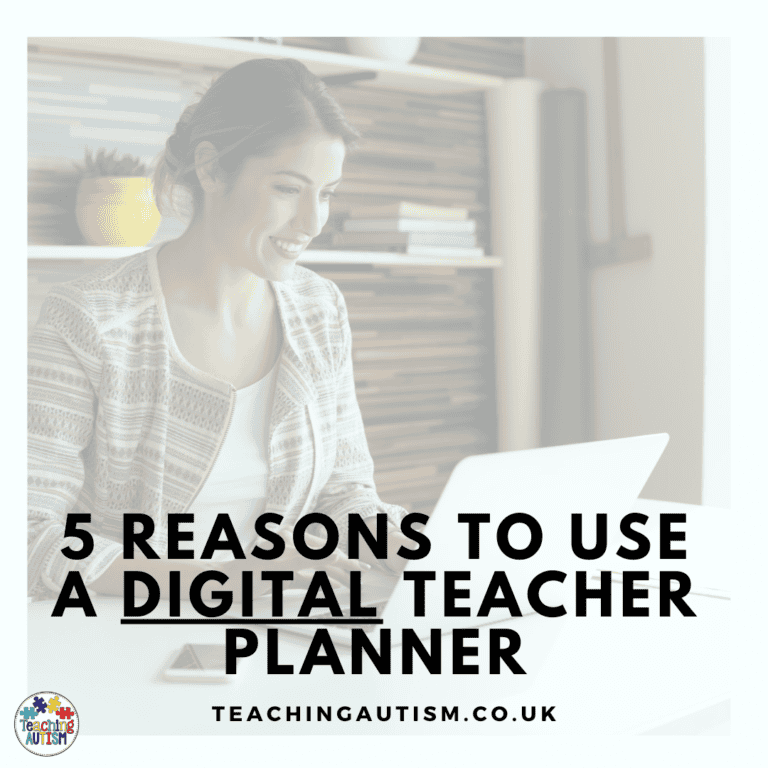

One Comment